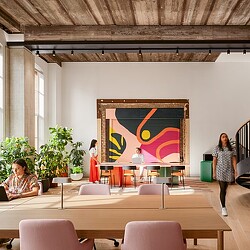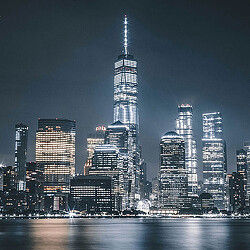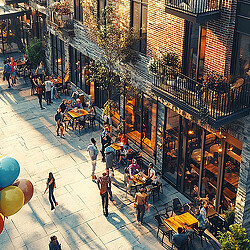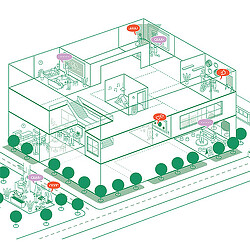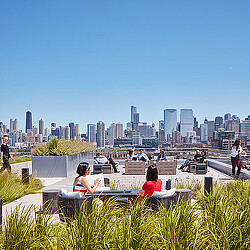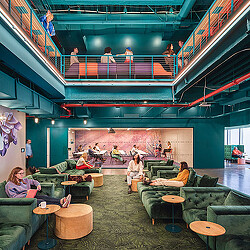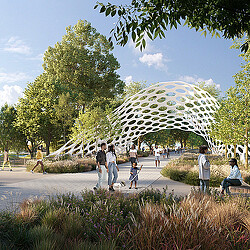Unlocking the Power of Forgotten Space to Combat Loneliness
By embracing the potential of empty space, reimagining in-between spaces, and extending the life of our cities beyond traditional hours, we can unlock new value and bring people together.
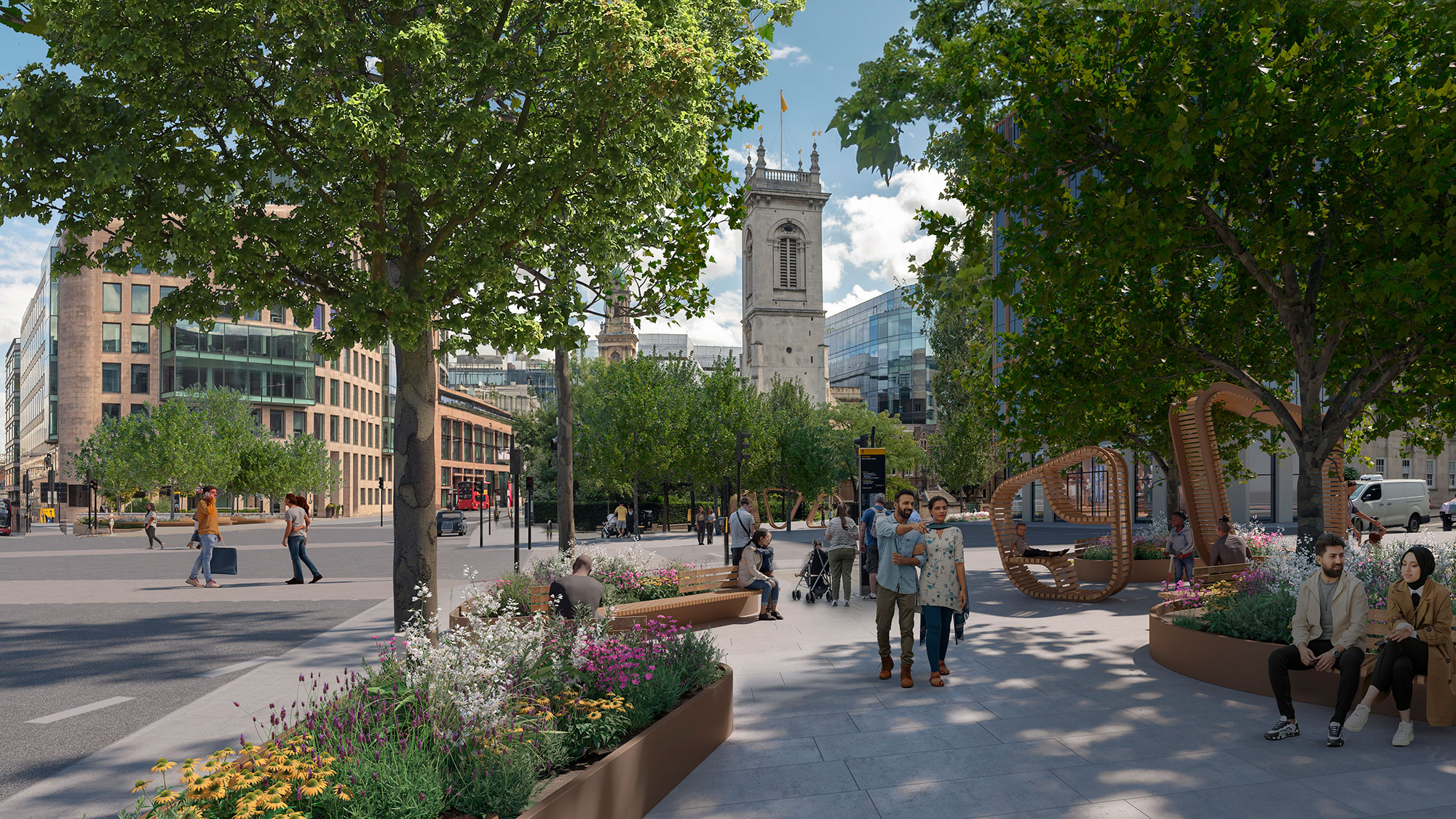
The loneliness epidemic is nothing new — it’s a topic that has dominated our news feeds since the term gained traction in 2023. Yet, despite growing awareness of the negative effects loneliness has on our health and communities, the data shows it’s not improving. In the U.K. alone, 4.7 million people reported feeling lonely sometimes, often, or always in 2025 —accounting for 25% of those surveyed.
Evidence suggests people are increasingly seeking deeper, more meaningful ways to connect, and ‘community’ is top of mind for many of our clients. From workplaces to cities, homes to cultural institutions, we’re designing spaces with purpose — places that foster a sense of belonging. But rather than focusing solely on activating the new spaces we design, what about reimagining the spaces we already have?
In our work across activation, placemaking, and experience strategy, we’ve seen firsthand how existing places can be creatively reimagined to better meet user needs. Often, it’s not about fundamental change, but about unlocking hidden potential — offering both social and commercial return. If the infrastructure exists, why not maximise its value?
Key takeaways:
- Transforming overlooked ‘in-between’ spaces into engaging destinations can encourage social interaction and community pride.
- Expanding the use of spaces beyond traditional hours creates inclusive, multifunctional environments that support diverse social needs.
- Vacant units can be reimagined as community assets, offering cultural and commercial value while revitalising underused areas.
We’ve identified four key opportunity areas where thoughtful approaches to space, service, and programming can bring people together in meaningful ways:
Transforming ‘In-Between’ Spaces Into Compelling Destinations
Our cities are full of ‘in-between’ spaces — the forgotten, overlooked areas that fill the gaps between destinations. While many serve a functional purpose, simple and cost-effective interventions can transform them from somewhere to pass through to somewhere to dwell. A 2025 report, “Rx For Social Connection: Public space as a strategy to combat loneliness,” released by The Bentway, found that “stickier spaces,” such as community events and art installations, encourage people to linger and connect, enhancing social interactions.
Features like fountains, light installations, or seasonal seating can be enough to turn an otherwise bare and unwelcoming plaza into a vibrant gathering space, particularly during the summer months. In densely populated areas, adding somewhere for kids to play or a comfortable place to sit and eat lunch can be all that’s needed to attract footfall and spark interaction.
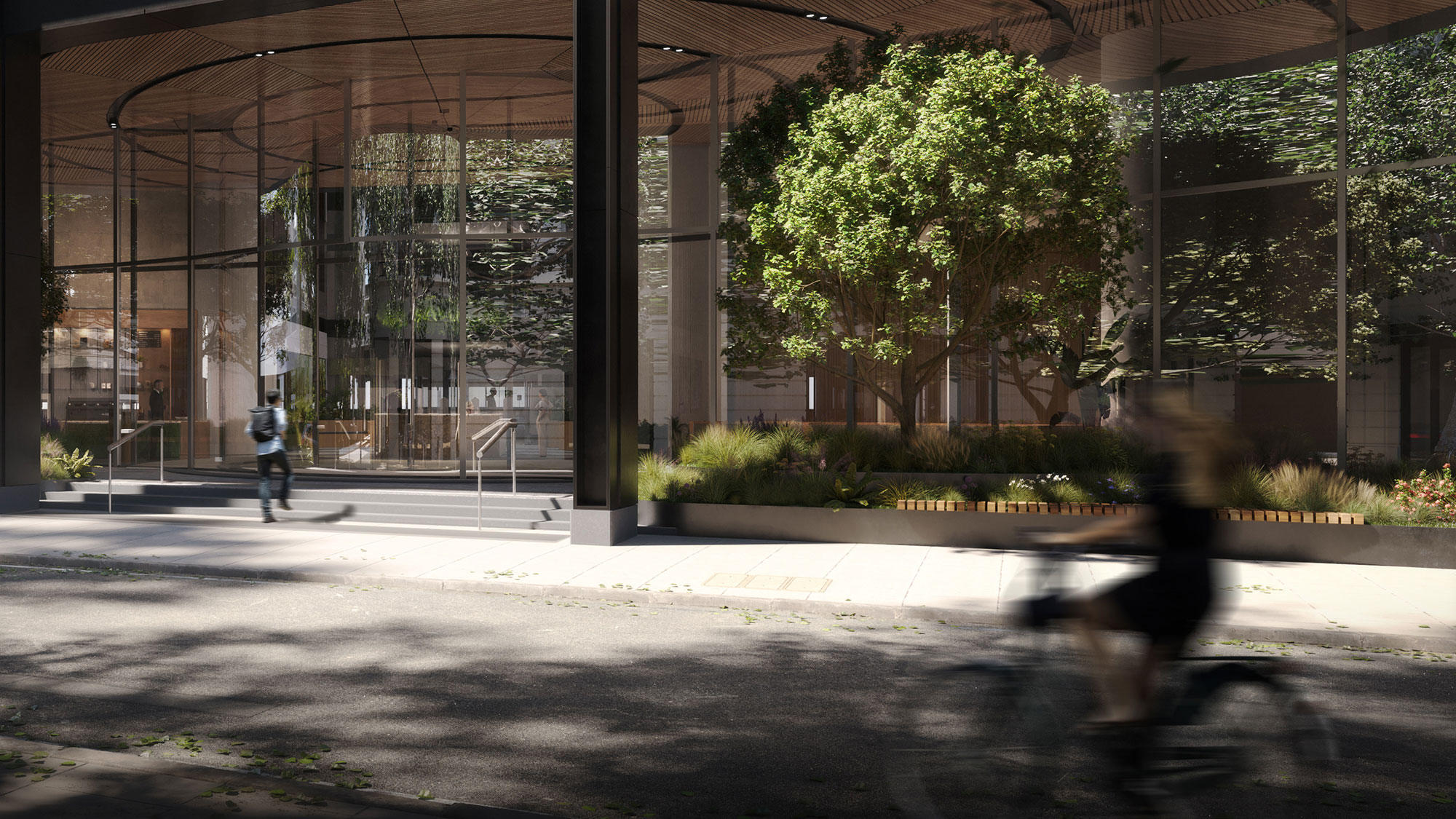
Close to Gensler’s London office is Gibbon’s Rent, a narrow passageway between buildings that has been transformed into a peaceful pocket park with the addition of planting, seating, and a small community library. A joint effort between Team London Bridge, local residents, and St Mungo’s, this participatory project fosters community pride, provides a sense of ownership and connection to place, and creates a hidden oasis in the city for everyone in the know to enjoy. With some imagination, our cities could be abundant with more of the same.
Thinking Beyond the 9–5
Earlier this year, the U.K. Government announced plans to update licensing laws to allow more alfresco dining and extended opening hours in London — creating new opportunities for hospitality businesses. But with younger generations drinking less, there’s a need to broaden how we think about after-hours spaces beyond restaurants, pubs, and clubs.
Late-night third spaces — where people can socialise, game, relax, work or play — can offer a safe, inclusive, alternative destination for communities, especially in areas with a high concentration of students or young professionals.
Another opportunity lies in stretching the standard business day beyond typical hours or using spaces for different functions after dark. We’re already seeing shifts as spaces like cafés and bookshops increasingly operate as multipurpose venues, hosting everything from open-mic nights and comedy to author talks and workshops.
Hotel lobbies have long been a hub for social events after hours. Why couldn’t we extend the same thinking to our offices? These dynamic models show how spaces can adapt to support a wider range of activities from day to night, and in doing so, appeal to a broader audience and deliver maximum value for the space.
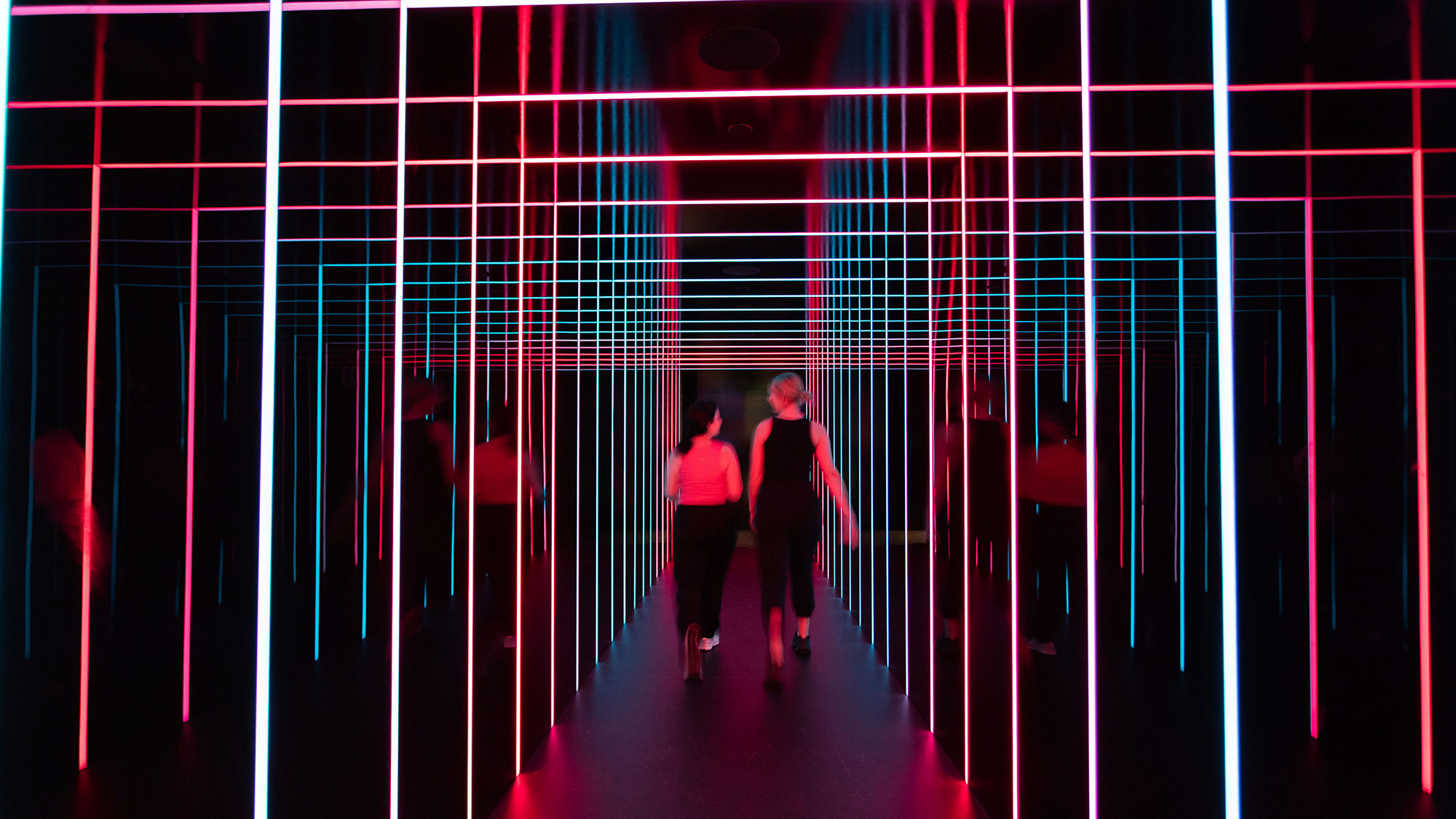
Making the Most of Empty Space
Void periods are a persistent challenge for landlords — with hidden costs like taxes and standing charges draining value from empty units.
A shift in mindset about how we measure value reveals the opportunity presented by void units, by looking beyond commercial value to cultural or community value. Rather than leaving a unit empty, inviting local creatives or independent businesses to occupy the space on a temporary basis not only supports the community, but can bring activation and engagement into otherwise dead space.
A similar approach could be applied to dead spaces in our cities — by thinking differently, we can reimagine transient spaces around our buildings as part of our canvas and use them to create interventions that act as a focal point, while providing an opportunity to support the local creative community. This encourages entrepreneurship while demonstrating a commitment to intentional, inclusive placemaking.
With this approach, void units could be seen as informal incubators or accelerator spaces, providing space for brands to flourish and serving as a stepping stone to enable them to move into more established units of their own. A considered leasing strategy that includes a variety of space types could support brands at every stage of the journey and create a dynamic place with personality that’s deeply rooted in its community.
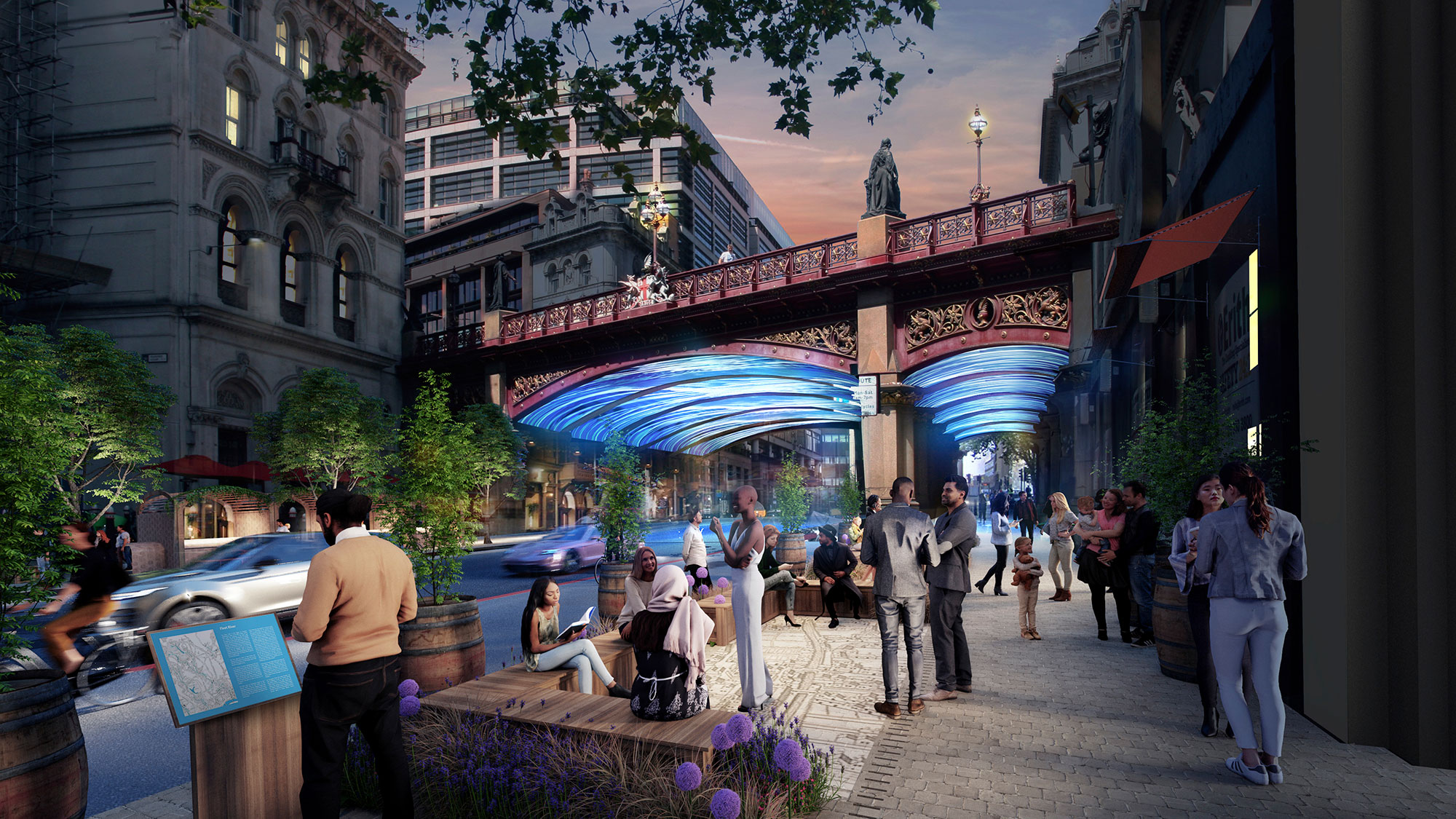
Designing Environments with Community at the Core
The loneliness epidemic isn’t just a social issue — it’s a spatial one. As people seek more meaningful ways to connect, it’s more important than ever that we design, adapt, and activate our environments with community at their core.
Whether by reimagining in-between spaces, extending the life of our cities beyond traditional hours, or embracing the potential of empty space, we can unlock new layers of social, cultural, and commercial value. By making better use of what we already have, we can create places that work harder for everyone.
For media inquiries, email .

